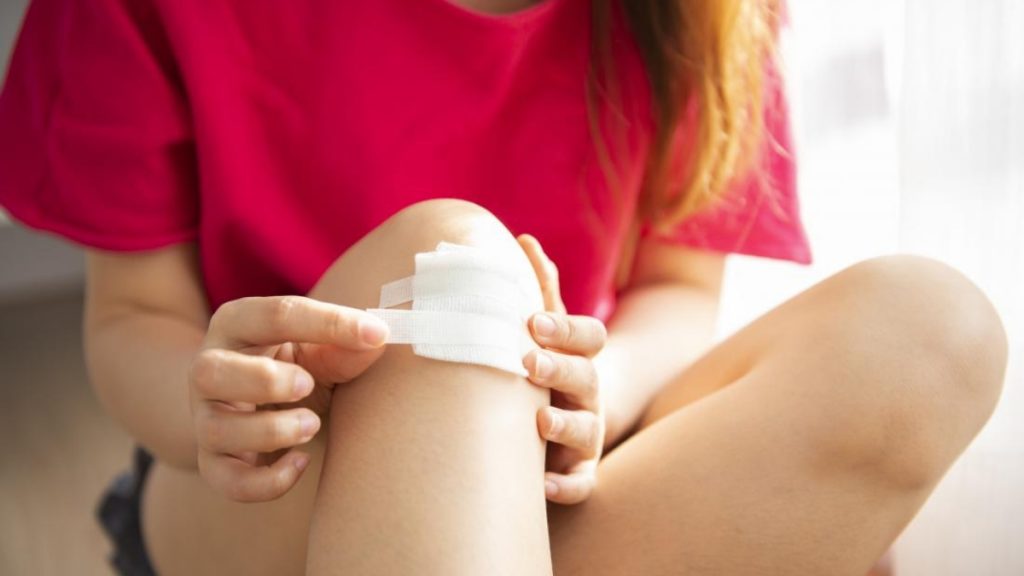There are various ways to take care of your injury when it comes to wound management. Depending on the severity and the type of wound, some methods may work better than others. It is advisable to visit a Yonkers vascular center for professional wound management. The specialist will properly assess your injury and provide you with the best treatment possible.
For less minor wounds, there are a few things that you can do at home to speed up the healing process.
Wash the Wound
It is the first and most important step in wound care. You need to clean the wound with warm water and soap to remove dirt, debris, or bacteria. If something is embedded in the wound, you can use tweezers to remove it.
It is important to keep the wound clean. It will help to prevent infection and speed up the healing process.
Apply Pressure
If the bleeding is constant, it is important to apply pressure to the wound to stop the bleeding. Use a clean cloth or bandage to apply pressure to the area. Do not remove the bandage if it becomes wet, as this will only increase the bleeding.
Keep the Wound dry
It is essential to keep the wound dry to prevent infection. Do not soak the wound in water. If the wound needs to be cleaned, use a dry cloth to clean the area gently.
Apply a cold compress
A cold compress can help to reduce swelling and pain. Wrap a cold pack or ice cubes in a towel and apply it to the wound for 10-15 minutes. Do not apply ice directly to the skin, as this can cause frostbite.
Elevate the Wound
If possible, elevate the wound above the level of your heart. It will help to reduce swelling and pain. With the right elevation, you may be able to avoid using medication.
Take Pain Medication
If necessary, take over-the-counter pain medication to help relieve the pain. Ibuprofen and acetaminophen are two of the most effective medications for pain relief.
Get plenty of Rest
It is essential to get plenty of rest when recovering from a wound. It will help your body to heal properly.
Change the Dressing
If you have a bandage, it is important to change it regularly. The frequency will depend on the type of wound. Check the instructions that came with your bandage for more information.
Watch for Signs of Infection
It is important to watch for signs of infection, such as redness, swelling, and pus. If you notice any of these symptoms, contact your doctor right away.
Follow up with a Doctor
If the wound does not improve after a few days, it is essential to see a doctor at Premier Vascular. A doctor can assess the wound and determine if there is an infection. They may prescribe antibiotics to treat the infection.
A wound can be a painful and frustrating experience. By properly taking care of the wound, you can minimize the pain and discomfort. You can speed up the healing process by seeking the services of a wound doctor at Premier Vascular.

